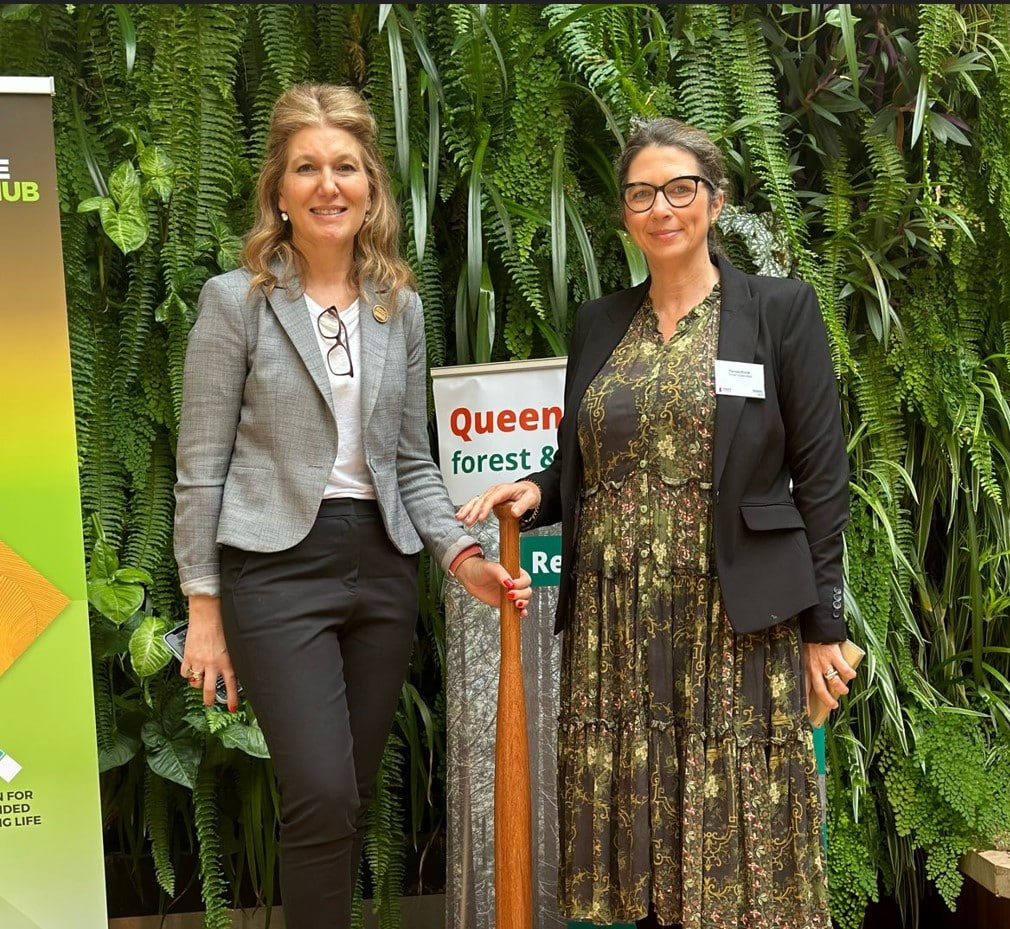The Australian Government’s signature housing bill will pass Parliament this week after the federal government agreed to an additional $1 billion towards public and community housing.
The bill will see the Commonwealth invest up to AU $11 billion into social and affordable housing projects, resulting in 30,000 new dwellings.
The path has not been smooth for the Albanese Government.
Wood Central reported in July that the Coalition labelled the policy “an accounting trick,” whilst the Greens warned that it is “a $10bn gamble on the stock market where the volatile returns are invested in housing”.
But months of negotiations over the Housing Australia Future Fund (HAFF) have concluded with the government agreeing to an additional $1 billion towards public and community housing this year.
The Greens had refused to back the $10 billion HAFF, arguing it did nothing for renters and would not go far enough to ease Australia’s housing shortage.
But the party confirmed it had accepted the government’s latest offer, ending an at-times vitriolic political stand-off.
The deal does not include freezes or caps on rent increases, and Greens housing spokesman Max Chandler-Mather conceded the HAFF alone would not fix Australia’s housing crisis.
What will the Housing Australia Future Fund do?
The HAFF will see $10 billion in an investment fund, pushing the proceeds into social and affordable housing.
Housing Minister Julie Collins described Monday as an important day for thousands of Australians seeking housing security and hoped to have the fund functional within “a couple of months.”
“We’ll move as quickly as possible to get the fund up and established and get returns,” she said.
“But obviously, this will take some time, which is why we’re putting some funding straight into more social and affordable housing.”
Monday’s development means the bill – a critical election commitment – will pass both houses, with Labor already having sewn up enough support from other crossbenchers.
Speaking in Question Time on Monday, Prime Minister Anthony Albanese said he was “very pleased” with the development.
“This is the last of the commitments I made in budget replies to put into legislation. We spent our time in opposition developing good policy that will become good programs in government … And I thank the leader of the Greens for the constructive discussions that we have had,” he said.
Timber Industry Calls for Increased Supply
The Acting CEO of the peak body for the Australian Forest Products industry has welcomed the announcement.
Natasa Sikman said using timber under the HAFF can solve the housing crisis and reduce Australia’s emissions budget.
“We congratulate the Albanese Government securing Greens support on delivery of this landmark policy, and with its $10 billion price tag, the Government should be considering how to address numerous policy challenges through its delivery.”
“Using Australian-grown and manufactured timber in the construction of new homes under the scheme can boost local industry, help the country meet its net zero targets and refocus the need to plant and grow more timber trees to boost future supply,” Ms Sikman said.

The Australian Forest Products Association is now calling for specific policies to increase detached housing along with ways to drive medium and high-density options.
“The typical timber house frame absorbs 9.5 tonnes of CO2 from the atmosphere, or the equivalent of offsetting the emissions of four petrol-powered cars off Australia’s roads for a whole year.”
“When you include other timber and wood furnishings like floors and decks and furniture items, the figure can grow to 25 tonnes of CO2,” Ms Sikman said.
Building construction, operation and maintenance account for almost a quarter of greenhouse gas emissions in Australia.
The recent National Cabinet target to build 1.2 million new homes under the National Housing Accord could mean 30 million tonnes of stored carbon in the next five years.
“Timber is the ultimate renewable product, and for such a large policy as the HAFF, the Albanese Government should be considering the carbon benefits of the materials being used to build new homes, not just the finished product, in terms of overall benefits to our society,” Ms Silkman said.






